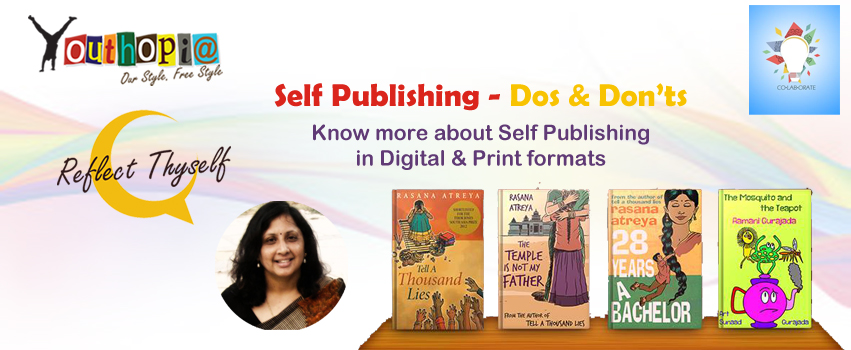Mathematics in Cryptography
If we spare a glance all around us, we will find that information is everywhere. It is in the papers we read, the music we listen to, the news we hear, the billboards we pass by on our way home. For every minute of our lives, we are constantly being assaulted by information – and it is a dangerous thing to possess. For it is a tool powerful enough to change the very course of history.
Ever since the dawn of time, man has been striving to find means so that he could conceal this information. The Spartans did it with batons, the Greeks did it with checkerboards, the Italians used secret disks, but it wasn’t until the Middle Ages when cryptography started developing and branching out as an independent and important method of encryption.
Usually, encryption was done in the form of character code equivalents and substitutions. The most well-known use of cryptography in the ancient times would undoubtedly be the Caesar cipher, which involved shifting of the alphabet to the next one to encode the message. But there was always the fear of information getting leaked out or being deciphered by someone.
Perhaps the most famous case of cracked codes would be attributed to the Bletchley Park code breakers during the World War II – a British intelligence cell – for breaking the Enigma code, a secret method of communication by the Germans generated through code machines. It was so brilliant a feat that it managed to trigger a massive chain of events eventually culminating into the end of the war. It was then the real impact of cryptography was finally realised.
You might breathe out a restless sigh when the computer asks for your password next time. What you might not know is that every letter you type into it webs out in so many interlinked networks, storing the most personal of your information. So what exactly is encryption? I can say one thing for sure – it is fundamental. From online shopping to discount coupons and emails to bar codes, encryption forms an essential part of safeguarding information so that it doesn’t fall into the wrong hands. It is a way of protecting our anonymity from any kind of predator that lurks – be it business competitors, stalkers, vandals or even nosy relatives.
Since the advent of the internet, the digital world has sunk its roots deep within and built an integral foundation. But the need for security – and maintaining that level of security – has also increased manifold. Hence, cryptography provides a good counter-measure.
Imagine that you put your data in a box with a unique key. In order to let someone else open it, you will need to give them the key, or a copy of it. During World War II, German operatives used to distribute such ‘keys’ to their operatives themselves. But that posed a greater risk – the risk of having the key fall into the enemy’s hands. And it did so, eventually. This level of worry often deterred many to exchange coded information, until a solution emerged. Today, there is a reason why there is no need to send keys around anymore – and that’s public key cryptography.
Public key cryptography (PKC) was developed by James Ellis and immediately gained recognition as one of the most valuable contributions in cryptography. Ellis had come up with a brilliant roundabout of the problem of leaking information, but he didn’t have the mathematics to show it.
That’s when Ronald Rivest, Adi Shamir and Leonard Adleman come in with their idea of the RSA Algorithm. They published a paper in which they enthusiastically described the whole innovative process of encryption in terms of numbers. They made the receiver choose a pair of prime numbers so large that factoring them is almost impossible. The user then selects a co-prime such that its multiplication with another unique number is divisible with the primes. Then the factors are divided into public and private keys so that data can be divided for specific people. Seems complicated?
It is, in fact, a very simple process. If we consider the case of the locks, let us lean back and give the receiver of the box a little more responsibility. Imagine that the person you are sending to has fashioned hoards of locks that can only open with one single key. Then, if you’d want to send a message to that person, you’d just have to ask for one of his locks, fill the box with your data, secure it with the lock and send it to the designated receiver. This ensures that you can safely share your data and only the receiver has access to the message, and that everyone else can keep their sticky paws off.
It is rather befitting that this secret code of encryption was kept as a secret itself, and it wasn’t until 1997 that they decided that they would reveal the true origins and methods of PKC to the people. Although the danger of having cyber-attacks and hackers pounce upon confidential information is just as worrisome as it was before, PKC has reasonably reduced the occurrence of theft and unlawful decryption. So the next time you type out your password in the browser, you can breathe a sigh of relief; the algorithms have got it all figured out.





